How to Clean Your Diamond Ring in Under 10 Minutes
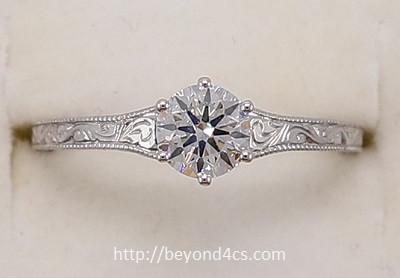
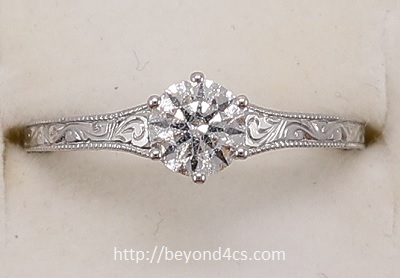
A visual comparison of a clean and dirty diamond ring.
Did you know that you need to keep your diamond engagement ring clean in order for it to maintain its sparkle? If you had been wearing your diamond jewelry regularly and noticed it had suddenly turned dull and lifeless, a dirty stone is likely the cause.
In most cases, a diamond becomes dirty and cloudy looking due to grime and oil residues originating from fingers or skin contact. As the muck builds up on the surface, it can severely hamper the diamond’s ability to transmit light properly.
Note: even a thin film of oil on a diamond’s facet can completely change the angles in which light refracts and reflects; resulting in lower brilliance and sparkle. This is why keeping a diamond clean is so important!
There are plenty of ways to clean your diamond jewelry and to restore their luster. I know most people like to bring them back to their jeweler for cleaning while they wait over a cup of coffee.
Personally, I find this to be a complete waste of time and effort as you can easily clean your jewelry at home in less time than it takes to travel. Furthermore, I clean my jewelry on a weekly basis and it’s just too much of a hassle to bring them to the jeweler.
In this article, I’m going to reveal a 10-step method you can easily use to clean your diamond rings and keep them in tip-top condition. This cleaning routine will typically take less than 10 minutes and will work well with most types of diamond jewelry.
10 Easy Steps for a Quick Cleaning Routine at Home

Step 1: Fill a small bucket or cup with warm water. The water should be lukewarm and not too hot for your hands to touch. Never use the sink basin with a blocked drain directly because you don’t want your treasured possessions to be accidentally washed down the drain.
Step 2: Pour some detergent or hand soap into the warm water and mix well. You only need to use a very small amount of detergent to get the water slightly soapy.
Step 3: Place your diamond in the soapy water to soak for roughly five minutes. This will give sufficient time for any built-up grime to breakdown and allow easy removal.
Step 4: Fill a second bucket with warm water and add a small amount of ammonia-based glass cleaner. NEVER use chlorine based cleaners because they might chemically react with some jewelry metals.
Step 5: After ten minutes in the detergent bath, remove your jewelry and place it in the second container with the glass cleaner.
(Steps 4 & 5 are entirely optional and only required if your jewelry is really dirty.)
Step 6: Remove the jewelry from the bath solution and start cleaning it with a soft bristle brush. Clean all sides of the diamond by brushing gently with the bristle brush. Since dirt normally builds up at the edges and the back of the ring in normal usage, you might want to give these areas an extra scrub.
If the jewelry has a prong-based type of setting, be careful not to brush vigorously as the bristles may get caught by the prongs and become loose when you apply excessive force.
Step 7: After brushing, place the diamond jewelry back into the solution of water and detergent. Brush the jewelry within the solution to wash off the loosened dirt.
Step 8: Now, use clean running water to rinse the jewelry. If you’re rinsing from the sink basin, remember to plug a strainer into the drain to avoid losing your jewelry by accident.
Step 9: Dry the jewelry with a piece of lint-free cloth and blow dry with a hair dryer if necessary. Tip: don’t allow the water to evaporate from the ring by itself as it can leave water stains on the diamond.
Step 10: All done! Do a quick routine check on your jewelry for possible damage like the loosening of prongs.
Ultimately, the current condition and type of setting will help you optimize and determine the most ideal cleaning method to use. For example, simple 4 prongs or 6 prongs solitaire ring designs are relatively easier to clean compared to diamonds mounted in a bezel or halo setting. You could even skip step 3 and jump directly to step 7 if you want.
Additional Tips to Keep Your Engagement Ring Sparkling Clean
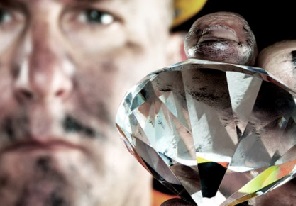
Nobody likes looking at dirty jewelry.
• Dirt collected in between the prongs may be hard to remove even after soaking with detergent and brushing. In that case, you can use a toothpick to remove stubborn grime before soaking the ring. Remember to exercise caution and not apply too much force.
• Do not use bleaching agents and other abrasive chemicals on your diamond jewelry. It may corrode the metal band of the ring and destroy the aesthetics of the ring’s finishing.
• Take care when placing your jewelry in extremely hot or warm water especially if you have jewelry with mixed gemstones. Some gemstones with inclusions at weak spots can shatter when experiencing a sudden temperature spike. Likewise, diamonds that had undergone clarity enhancements may require special cleaning procedures.
• For extremely stubborn gunk, professional cleaning by a jeweler is recommended since they have specialized equipment like steam cleaners and other tools to remove them. These cleaning services are usually performed free-of-charge and can be done at the same time you take your jewelry for repairs or routine checkups.
• There are special machines like ultrasonic cleaners which you can purchase for home use. When the machine is turned on, the sub-surface agitation will dislodge dirt particles effectively from the diamond’s surface. These cleaners usually come with a metal cup for you to place your jewelry in and have various modes of function for different jewelry types.
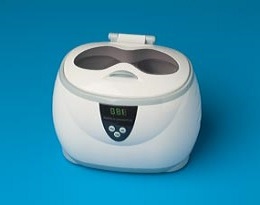
Here are 2 models that are worth checking out: Magnasonic & Gemoro Sparkle Spa
When using ultrasonic cleaners on mixed gemstone jewelry, always read the manufacturer’s manual carefully before use. While diamonds can withstand the stress of ultrasonic cleaning, that doesn’t mean gemstones like opals can withstand the same process.
With that, we’ve come to the end of this article and I hope you found it useful.
Jewelry, and particularly diamonds, are some of the most expensive and prized possessions in a home. They tend to outlive most of your other possessions. And if you want to enjoy looking at a brilliant and sparkling gem, keep that as a reminder to perform regular cleaning routines.
Related Articles
Leave A Comment

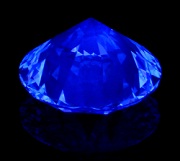
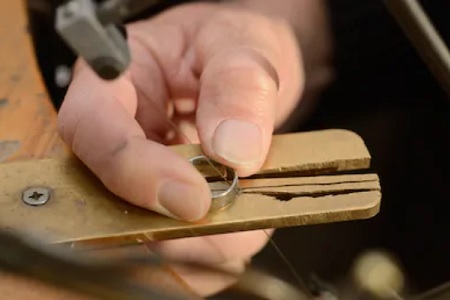
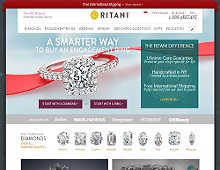
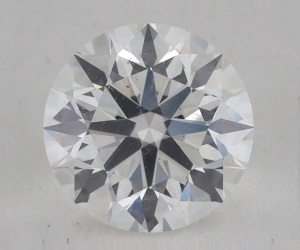









6 Comments
I never knew that you could clean diamonds with glass cleaner, but I’m definitely interested in doing that now! I’ll definitely make sure to stay away from chlorine, though. However, I usually use vinegar to clean glass, and so do you think that a solution of vinegar, baking soda, and water would be able to clean a diamond just fine?
Use whatever works for you. For simplicity, I use liquid hand soap and it does the job well.
I’m 70 yrs old and disabled. My mother just passed away at the age of 96 and l have all her rings including my grandmother’s diamond and Ruby ring from the late 1800’s…I think it’s in 18 ct. Gold…the other rings are in white gold and a 1/2 ct marquis with tiny diamonds on the sides in platinum. …one is a 1.5 solid round diamond in white gold…I don’t know to sell these without getting scared but I could use the money for food and medicine etc……I live in las vegas. ..do you know a safe and honest place in this town…thank you.
I don’t have anyone reliable I can recommend in Las Vegas. When selling jewelry in situations like this, my advice is to do some research and look around. If you have supporting documents like grading reports or appraisals, make sure you bring them along with you. You can try visiting several stores to get some quotes but really, you will need to manage your expectations. Old jewelry like these are often poorly cut and low quality. So, it won’t be a surprise to me if most jewelers don’t want them and that just means you have to put in even more effort just to find someone willing to take them off you.
Hi Paul,
My fiancé’s ring is a 14k Yellow Gold band with some micro pave diamonds. It has a 1 carat round center diamond (VVS2). Is it safe to use an Ultrasonic or Steamer were I to purchase one? Or would you recommend just using the soap/windex version described above? Thanks!
Dave
It is safe for the ring to undergo ultrasonic and steam cleaning. Yellow gold and diamonds are perfectly fine in such equipment. It only becomes a problem when fragile gemstones or treated diamonds are subjected to vigorous cleaning. In my opinion, using soap/water is the easiest and fastest way to clean them without the need to buy and store equipment at home.